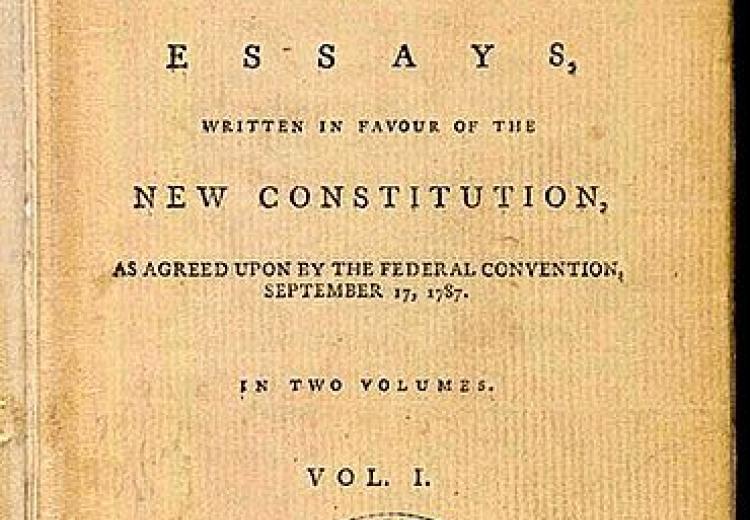Lesson 2: The First American Party System: A Documentary Timeline of Important Events (1787–1800)

Title page of The Federalist: A Collection of Essays, Written in Favour of the New Constitution, as Agreed upon by the Federal Convention, September 17, 1787.
Fear of factionalism and political parties was deeply rooted in Anglo-American political culture before the American Revolution. Leaders such as George Washington and Thomas Jefferson hoped their new government, founded on the Constitution, would be motivated instead by a common intent, a unity. Though dominant, these sentiments were not held by all Americans. A delegate to the Massachusetts ratifying convention, for example, asserted that “competition of interest … between those persons who are in and those who are out office, will ever form one important check to the abuse of power in our representatives.” (Quoted in Hofstader, p. 36) Hamilton argued from a slightly different perspective in Federalist #70: “In the legislature, promptitude of decision is oftener an evil than a benefit. The differences of opinion, and the jarrings of parties in that department of the government, though they may sometimes obstruct salutary plans, yet often promote deliberation and circumspection, and serve to check excesses in the majority.”
Guiding Questions
What are the essential elements of an organized political party?
What differences in philosophy led to the development of the Federalist and Democratic-Republican parties?
Learning Objectives
Evaluate the factors that led to the development of the Federalists and Democratic-Republicans.
Analyze the events that transpired during the turn of the 19th century to evaluate their impact on the advancement of democracy in the U.S.
